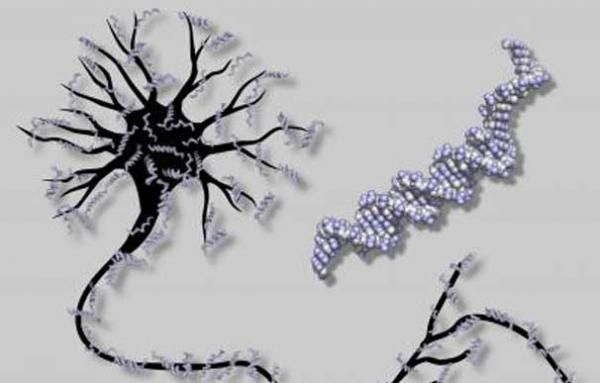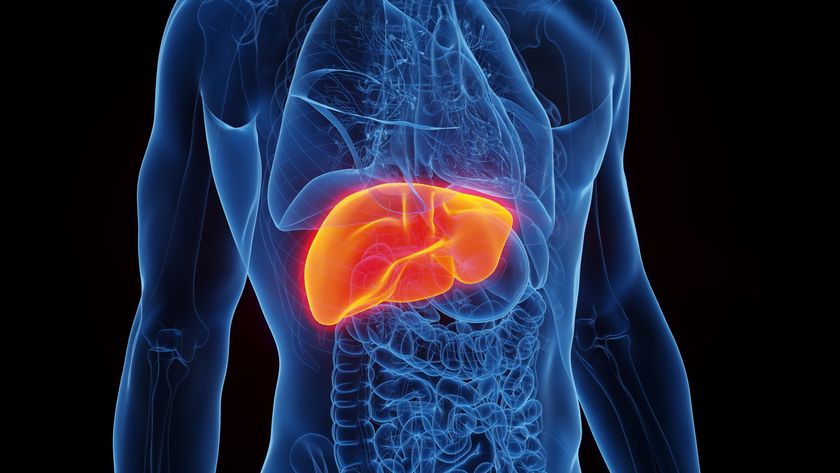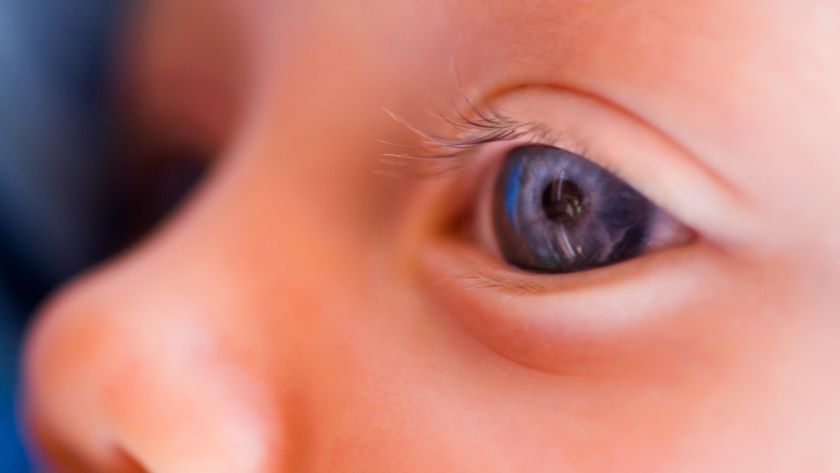DNA Molecules Harnessed as Test Tube Computers

Supercomputers, robots and the human brain represent the artifacts of a long evolutionary chain stretching back to a soupy mass of molecules floating in Earth's oceans billions of years ago. Now researchers have gone back to the primordial ooze by creating a new type of artificial intelligence based on DNA inside of test tubes.
The resulting artificial neural network is based on an oversimplified model of how brain cells work, but uses DNA instead of the usual silicon chips. It showed that biochemical molecules such as DNA can replicate the pattern-recognition abilities of the human brain – a trick that could allow future medical researchers to use DNA as a computing aid to diagnose diseases right inside the human body.
"[The brain] allows us to recognize patterns of events, form memories, make decisions, and take actions," said Lulu Qian, a senior postdoctoral scholar in bioengineering at the California Institute of Technology in Pasadena. "So we asked, instead of having a physically connected network of neural cells, can a soup of interacting molecules exhibit brain-like behavior?"
Each test tube held finely-tuned mixtures of DNA strands that made computing input and output decisions by latching onto one another and kicking off other strands. Researchers "trained" the artificial neural network to play a game where it could "recognize" four scientists whose identities were based on specific answers to four yes-or-no questions.
[Read More: DNA Chip Like Printing Press for Synthetic Biology]
When the game starts, a human player drops DNA strands corresponding to clues about the identity of one of the four scientists into a test tube. The DNA network uses fluorescent signals to communicate and calculate which scientist the player has in mind, or to decide that it does not have enough information to pick a scientist.
Researchers played the game by using 27 different ways of answering the questions out of 81 total combinations, and the network got the right answer each time. But the game also showed the limits of this first step toward DNA computing — the test tube network took up to eight hours to identify just one scientist.
Sign up for the Live Science daily newsletter now
Get the world’s most fascinating discoveries delivered straight to your inbox.
The DNA neural network is also unable to learn directly from experience, because it requires researchers to "implant memories" based on specific molecular concentration levels decided by computer simulations. That means the approach won't create the "neural-net processor" or "learning computer" anytime soon.
A final challenge is that the DNA neural network gets used up after each round of decision-making, because the DNA strands cannot detach and pair up with different strands. Researchers also have a long way to go before they can even think about installing such networks inside of a human or even a cell.
Still, such a biochemical neural network might eventually learn to boost its performance after each game, or learn new memories from fresh experiences. And for now, it may provide some clues as to how intelligence and complex behaviors could have evolved from the molecule soup floating around inside cells.
"Before the brain evolved, single-celled organisms were also capable of processing information, making decisions, and acting in response to their environment," Qian said. "Perhaps the highly evolved brain and the limited form of intelligence seen in single cells share a similar computational model that's just programmed in different substrates."
This story was provided by InnovationNewsDaily, a sister site to Live Science. Follow InnovationNewsDaily on Twitter @News_Innovation, or on Facebook.












